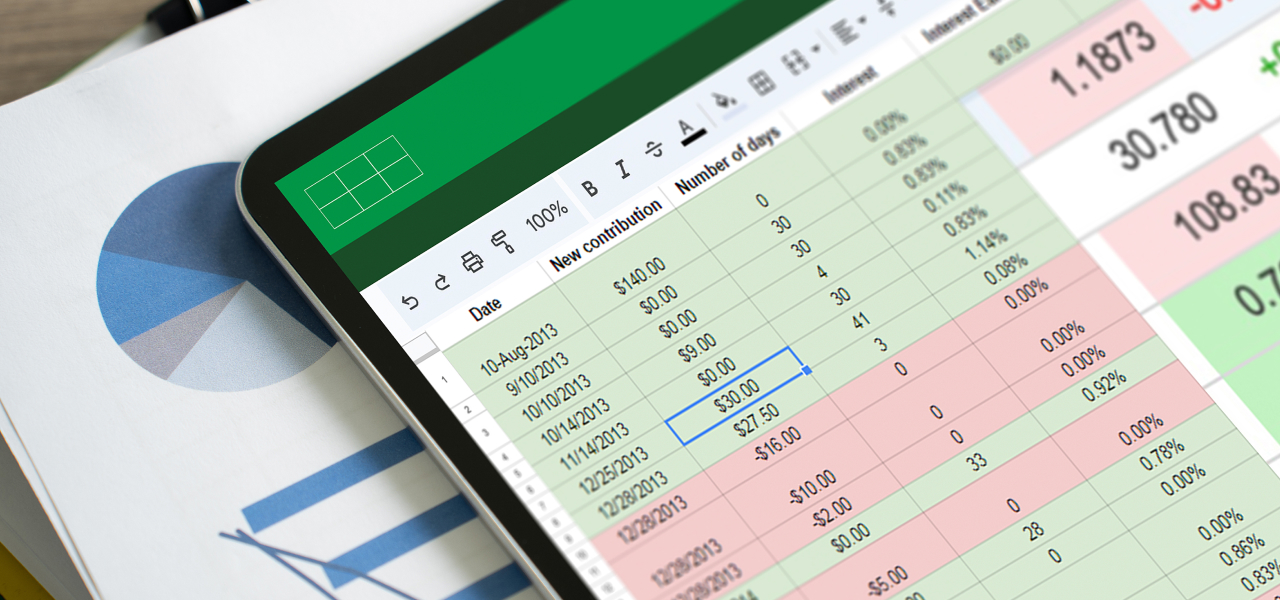Money market funds, bond funds, stock funds, and target date funds are the four categories into which mutual funds fall. Each of these fund types has a unique set of qualities, dangers, and advantages.
Types of Mutual Funds
For instance, money market funds are renowned for carrying little risk. This is because they are obligated by law to only invest in specific, high-quality, short-term securities offered by US corporations and federal, state, and local governments.
In contrast, bond funds carry a higher level of risk than money market funds. The risks and rewards of bond funds can vary substantially due to the various characteristics of bonds, and they typically seek higher returns.
Business stocks are the main investment of stock funds, but not all stock funds are the same. Growth funds, for instance, concentrate on stocks with the potential for above-average financial gains but may not regularly pay dividends. Income funds, on the other hand, invest in stocks that pay dividends on a monthly basis. A type of stock fund known as a “index fund” aims to mimic a particular market index, like the S&P 500 Index. Finally, the focus on a certain industrial sector makes sector funds unique.
What Does Asset Allocation Actually Mean?
The practice of distributing your investments among several asset classes, such as stocks, fixed income securities, and cash holdings, is known as asset allocation. The optimal allocation is arbitrary and alters over time depending on variables like your risk tolerance and time horizon for investing.
Why Do Investors in Mutual Funds Need Asset Allocation Plans?
Investors in mutual funds must utilize asset allocation strategies to the mutual funds they buy because a single mutual fund might not offer their portfolio the necessary diversification. Despite the fact that mutual funds are naturally diversified, they might not reach the investor’s desired asset allocation balance. For instance, a trader may need exposure to a variety of asset classes, including stocks, bonds, and real estate, in order to strike a balance between risk and reward. The investor can achieve their desired asset allocation in this case by purchasing multiple mutual funds that invest in different asset classes. If asset allocation is poorly managed, an investor may be exposed to too much risk or lose out on potential returns. Investors in mutual funds must therefore carefully consider their investment goals and put in place an asset allocation strategy that is unique to their individual situation.

Six Asset Allocation Techniques for Your Mutual Funds
Several strategies for establishing mutual fund asset allocations are described below.
1. Strategic Asset Allocation
The base policy mix, which is a proportional combination of assets based on expected rates of return for each asset class, is created and maintained by this strategy. Your risk tolerance and time horizon for investment must also be taken into account. You can decide on your objectives and then periodically adjust your investment portfolio.
Similar to a buy-and-hold strategy, a strategic asset allocation plan places a strong emphasis on diversification to lower risk and boost returns.
For instance, a portfolio made up of 50% stocks and 50% bonds should earn 7.5% annually if historically, stocks have returned 10% annually and bonds have returned 5%.
However, you must first decide whether you can profit from stocks before you start investing.
2. Constant-Weighting Asset Allocation
Strategic asset allocation typically involves a buy-and-hold approach, even if asset value fluctuations produce a deviation from the previously established policy mix. As a result, you could decide to use a constant-weighting strategy to asset allocation. This method requires you to constantly rebalance your portfolio. For example, if the value of one asset falls, you would buy more of that item. And if the asset’s worth rises, you’ll sell it.
There are no hard and fast guidelines for when to rebalance a mutual fund portfolio under strategic or constant-weighting asset allocation. However, anytime any given asset class changes more than 5% from its original value, the portfolio should be rebalanced to its original mix.
3. Tactical Asset Allocation
A strategic asset allocation plan may appear relatively rigid in the long run. As a result, you may need to engage in short-term, tactical deviations from the mix from time to time in order to capitalize on unique or outstanding mutual fund investing opportunities. This adaptability introduces a market-timing component to the portfolio, allowing you to engage in economic conditions that favor one asset class over another.
Tactical asset allocation is a moderately active technique because the overall strategic asset mix is reverted to when the intended short-term profits are achieved. This technique necessitates some self-control, as you must first recognize when short-term opportunities have run their course and then rebalance the portfolio to a long-term asset position.
At each point in time, the asset mix in your portfolio should represent your aspirations.
4. Dynamic Asset Allocation
Dynamic asset allocation is another active asset allocation approach to diversifying your mutual fund portfolio. This method requires you to regularly modify the asset mix as markets rise and fall as the economy grows and weakens. With this approach, you sell assets that are declining and buy assets that are increasing.
Instead of a predefined asset mix, dynamic asset allocation is based on the portfolio manager’s discretion.
As a result, dynamic asset allocation is diametrically opposed to a constant-weighting method. For example, if the stock market is poor, you sell stocks in expectation of future declines; conversely, if the market is strong, you buy stocks in anticipation of continued market gains.
5. Insured Asset Allocation
An assured asset allocation method establishes a basic portfolio value below which the portfolio should not fall. As long as the portfolio earns a return over its base, you engage in active management, deciding which assets to buy, hold, and sell based on analytical study, projections, judgment, and experience, with the goal of raising the portfolio value as much as possible.
If the portfolio ever falls to its base value, you invest in risk-free assets such as Treasuries (particularly T-bills) to fix the base value. You would engage with your advisor at this point to reallocate assets, possibly even modifying your investing plan entirely.
Insured asset allocation may be appropriate for risk-averse investors who want some active portfolio management but value the security of having a guaranteed floor beyond which the portfolio cannot fall. An investor, for example, who intends to establish a minimal standard of living throughout retirement may find an insured asset allocation plan perfect for his or her management objectives.
6. Integrated Asset Allocation
When deciding on an asset mix, you take into account both your economic predictions and your risk tolerance. While all of the techniques discussed above take into consideration expected future market returns, not all of them take into account the investor’s risk tolerance. This is where integrated asset management comes into play.
This strategy incorporates elements of all previous ones, taking into account not just expectations but also actual movements in financial markets and your risk tolerance. A larger asset allocation strategy is integrated asset allocation. However, it cannot include both dynamic and constant-weighting allocation because an investor would not want to execute two competing methods.







